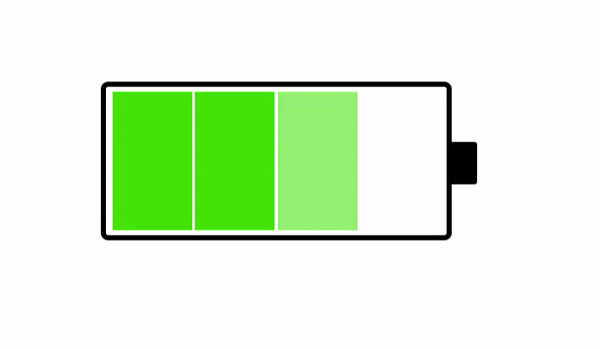The Youth Activity Promotion Act mandates that the state and local governments establish and implement policies for youth activity facilities, youth activity programs, and youth leaders to enable youth to participate autonomously and voluntarily in various youth activities. Youth activity facilities are broadly categorized into youth training facilities and youth utilization facilities. Youth training centers, youth training centers, youth culture houses, youth specialty facilities, youth campsites, and youth hostels fall under youth training facilities. Among these, youth training centers, youth campsites, and youth hostels provide accommodations for overnight youth training activities.
Annex 3 of the Enforcement Regulation of Youth Activity Promotion Act specifies additional facility standards for youth campsites, beyond the common standards applied to all training facilities:
- Camping Site
-
- Must accommodate at least 100 campers.
- Should provide at least 20 square meters per camper.
- Must be equipped with self-catering facilities, toilets, and washrooms. However, if such facilities are available nearby, installation may be waived.
- Should be located in flat or gently sloping areas, away from cliffs, rapids, and other hazardous places, and in areas not prone to disasters such as floods or tsunamis.
- Must have proper drainage; if natural drainage is not possible, artificial drainage systems like ditches or covered channels must be installed.
-
- Outdoor Assembly Area
- Must accommodate at least 40% of the total capacity.
- Should have necessary equipment and facilities for assembly activities, such as a stage and sound system.
- The area must be at least 200 square meters for up to 150 people, and an additional 0.7 square meters per person exceeding 150, up to a total of 2,000 square meters.
- Sports fields equipped with facilities for use as an outdoor assembly area can be considered as such.
- Shelter Facilities
- Must be installed to provide refuge during sudden disasters such as heavy rain or snow. If other facilities can serve as a shelter, additional shelter facilities may not be necessary.
- The structure of the shelter must protect against wind and rain.
- Sports Activity Area
- Must include outdoor sports facilities with a total area of at least 1,000 square meters.
- Refers to sports facilities as defined by the Installation and Utilization of Sports Facilities Act, excluding golf courses, golf practice ranges, ski resorts, car racing tracks, martial arts academies, and dance halls.
- The installation standards of the sports activity area adhere to the Installation and Utilization of Sports Facilities Act, and for matters not specified by the act, the regulations established by the relevant sports organizations are applied (seating areas may be omitted).
- Emergency Equipment
- Must have emergency lighting or equipment to facilitate smooth evacuation from the camping site to shelter facilities.
- Must secure means of communication to contact shelter facilities or the management office from the camping site.
- Camping Capacity: Refers to the appropriate number of campers that can simultaneously camp at the site.


